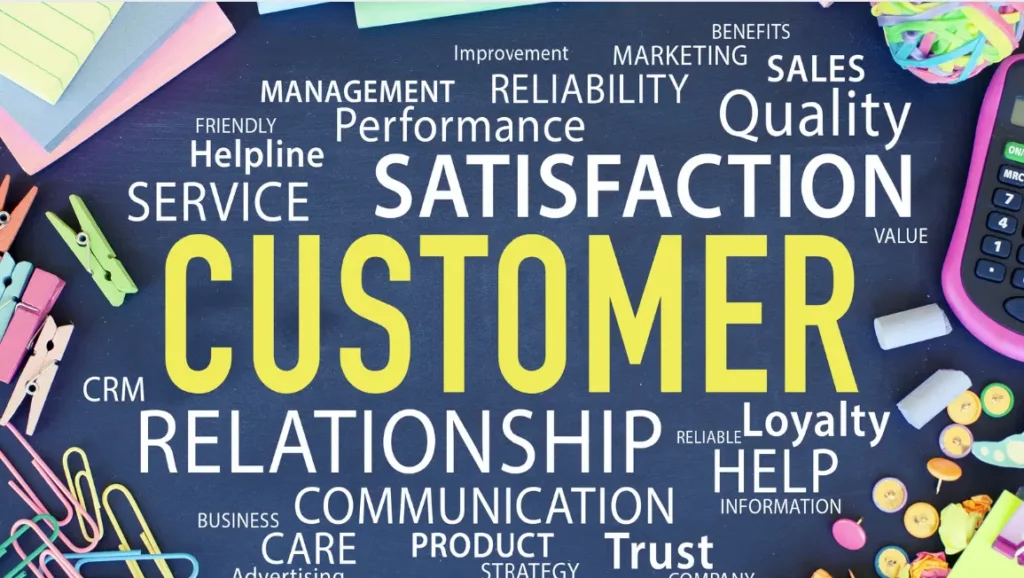In the bustling world of small and medium-sized enterprises (SMEs), the deployment of sophisticated tools like semantic analytics can be a game-changer, particularly in the realm of human resources (HR). Unlike its more straightforward counterpart, data analytics, which deals with quantifiable metrics, semantic analytics ventures into the territory of understanding the meaning and context of words and phrases used in business communication. This subtlety allows for a nuanced examination of unstructured data, such as employee feedback, interview transcripts, and social media interactions.
Take, for instance, the intricate process of gauging employee sentiment within a company. Traditional analytics might tally up positive and negative reviews or score employee satisfaction on a numerical scale. However, semantic analytics dives deeper, discerning the underlying emotions and themes in employee feedback. It can differentiate between an employee who says they are “satisfied” in a tepid tone and another who expresses being “truly happy” at work. This distinction provides HR professionals with a richer, more nuanced understanding of the workforce’s morale, enabling more targeted and effective interventions.

Moreover, in the recruitment domain, semantic analytics can revolutionize how SMEs approach talent acquisition. By analyzing the language used in job descriptions and comparing it with the language in successful applications, companies can refine their recruitment messaging to attract candidates who are not just qualified but also a perfect cultural fit for the organization. This strategic alignment between the expectations of the job and the aspirations of the candidate can lead to higher job satisfaction and retention rates, which are critical metrics for the success of any SME.
Now, let’s consider a real-world example to illustrate the impact of semantic analytics in HR. A tech SME, struggling with high employee turnover, decided to implement semantic analytics to understand the root cause. By analyzing exit interview transcripts and online reviews by former employees, the company discovered a recurring theme of miscommunication about job roles and mismatched expectations. Armed with these insights, the company revamped its job descriptions and on-boarding process to ensure clearer communication of job responsibilities and company culture. The result was a significant decrease in turnover rates within the next fiscal year.
How PeakMet Employs AI to Enhance Semantic Analytics

Transitioning to how PeakMet integrates this innovative technology, our product is meticulously designed to serve the SME sector. We employ artificial intelligence (AI) and machine learning (ML) to sift through the vast amounts of unstructured data that businesses generate daily. Our semantic analytics capabilities enable SMEs to extract meaningful insights from this data, which can be pivotal in making informed decisions.
In the context of HR, PeakMet‘s tools can analyze employee feedback across various platforms, identify trends and patterns in employee sentiments, and provide actionable insights. For instance, our AI can detect early signs of employee disengagement or burnout by picking up subtle changes in the tone and content of internal communication. This allows HR managers to intervene proactively, addressing potential issues before they escalate into larger problems.
Moreover, PeakMet‘s semantic analytics tools can assist SMEs in crafting job descriptions that resonate with the desired candidate persona. By analyzing the language that has historically attracted high-performing employees, our AI can guide recruiters in creating job postings that are not only appealing but also precise in conveying the company’s ethos and expectations.
Conclusion: The Strategic Edge of PeakMet‘s AI in SMEs

In conclusion, semantic analytics represents a frontier in business intelligence that goes beyond mere numbers and charts. It offers a glimpse into the underlying currents of thought and sentiment that drive an organization. For SMEs, navigating these waters with the aid of PeakMet‘s AI-driven tools can be a transformative experience. By harnessing the power of semantic analytics, these businesses can achieve a deeper understanding of their internal and external environments, leading to more strategic decision-making and ultimately, sustained growth and success.
PeakMet stands at the forefront of this revolution, empowering SMEs with the tools they need to not just survive but thrive in the modern business landscape. By integrating our AI and ML technologies, companies can unravel the complex web of data and insights that lie within their reach, setting the stage for a future where data-driven and context-aware decisions are the norm.


